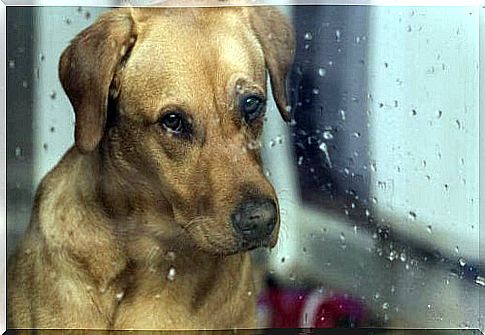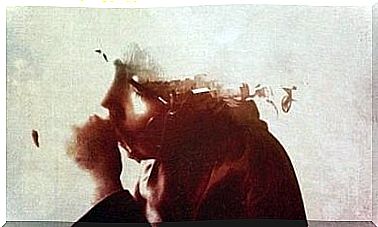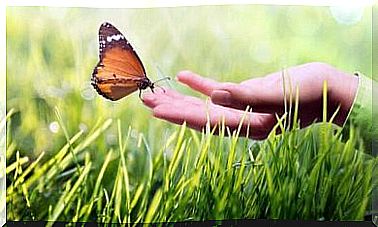Do You Know How Dogs Recognize Our Faces?
Dogs are those inseparable animals which, when properly trained, are an inexhaustible source of companionship and love. Always ready to play, to follow you and to be with you. They are the first to feel that you are coming home and the ones who receive you with the greatest demonstrations of joy. You may only go away for five minutes, but when you return, their displays of affection will be identical to those they would reserve for you if you had been gone for a year.
They have very developed hearing and never go wrong with their sense of smell, but they also rely on sight. A sense that does not occupy the first place for them but that they mainly use to move around. They also use it to recognize people and, in this article, we will try to determine concretely how they recognize our faces.
“If properly trained, humans can become a dog’s best friend. “
-Corey Ford-

How do we recognize faces?
For us human beings, visual face recognition is a process that takes place in our brains efficiently and quickly. Furthermore, it is a process that not only detaches itself for being very fast or for being connected to long-term memory processes, but also for being “deceptively selective”. As if that wasn’t enough, we anatomically rely on an area in the cerebral cortex that is dedicated to recognizing faces.
What are we referring to when we say “falsely selective”? It is pretty much certain that if you are not from the Japanese country and you see a group of Japanese people, their features are going to look very similar to you. In fact, you have the impression that you could perfectly confuse them with each other. Something that will happen to you with Japanese men, but also with women.
This does not happen to us because there is less variability between their bodies than among the bodies of people you can easily see around you, it is because we are not used to differentiating their faces. The fault is due to our ancestors for whom it was not very important to distinguish the Japanese between them and, except in exceptional cases, for us either.
Finally, before entering the canine world, we wanted to point out that, in human beings, there is a disorder linked to the difficulty of recognizing faces: prosopagnosia.
“If a dog doesn’t come up to you after looking at you, you better go home and examine your conscience. “
-Woodrow Wilson-
How do dogs recognize faces?
Normally they are looking at us from a lower point than us, and if we stare at them for a few seconds they are most likely to tilt their heads, as if asking us what we want. Face recognition is part of the advanced social behavior that dogs exhibit with us.
In an evolutionary sense, it’s not crazy to think that throughout history dogs that were skilled at recognizing human faces had a great advantage in the face of threats. Identifying perfectly the human being who took care of them, versus them who did not treat them well, probably ensured their survival and, therefore, increased their chances of reproducing.

Several studies have been carried out on face recognition in dogs. By studying their eye movements, we were able to determine that a dog is able to differentiate known faces from unfamiliar faces and to recognize those of their owners. Thanks to these kinds of studies, we also know that the heads of other dogs make them more curious than those of unfamiliar people.
In another study published in “Animal Behavior” and based solely on the behavior of animals, researchers found that a dog pays more attention to his handler when his face is exposed than when he has something on. the head.
Finally, studies that have analyzed the activation of dogs’ brains through magnetic resonance directly involve two areas of their brains in facial recognition:
- The temporal cortex: previously, we said that we had a part of our brain that was exclusively concerned with recognizing faces. In a magnetic resonance study, all dogs were found to exhibit higher activity in this area when shown faces instead of objects.
- The caudate nucleus: in dogs, this area of the brain is strongly linked to rewards. Thus, the hypothesis of the activation of this zone in the face of the presentation of faces is that they take the recognition for a reward.
One way or another, there is no doubt that dogs adore the faces of the people they receive affection from. Here’s a fun video to prove it to you!









